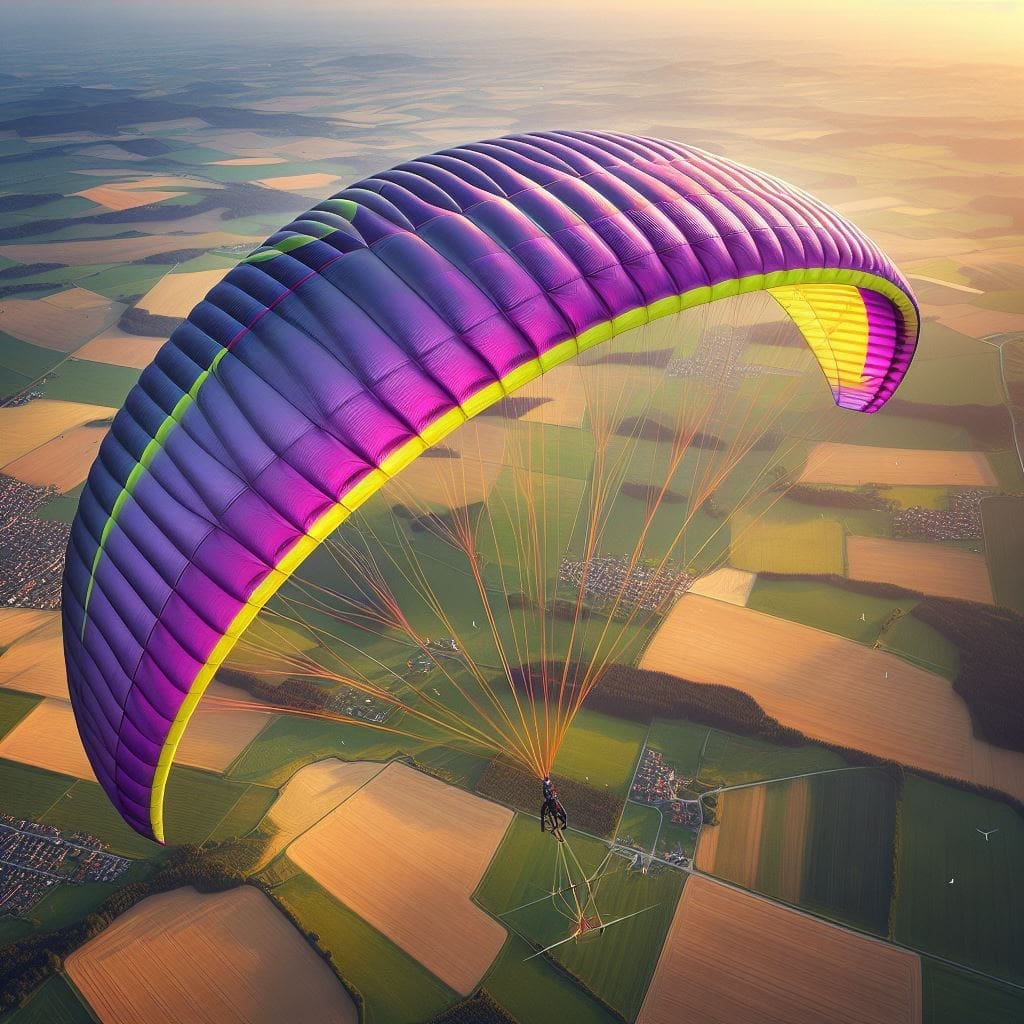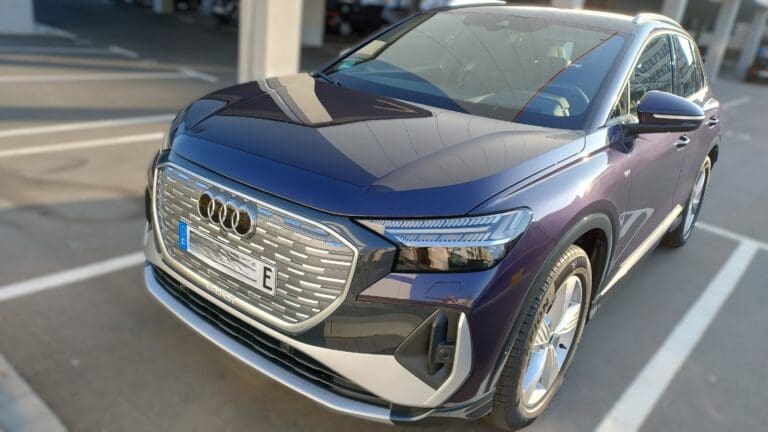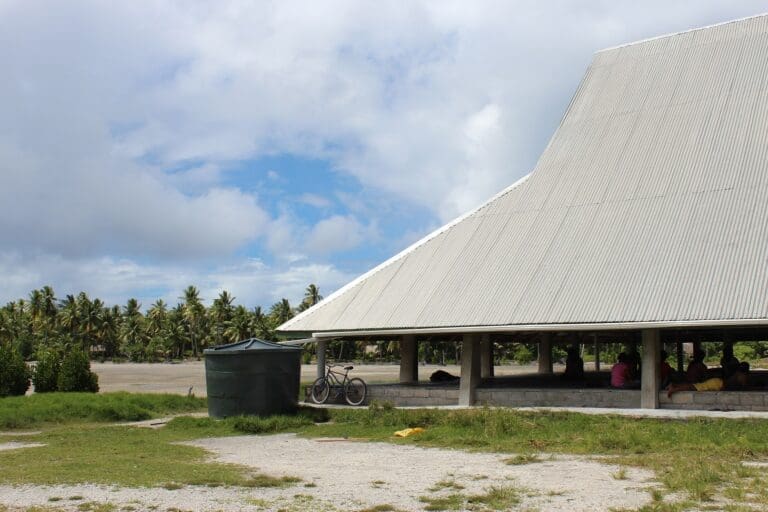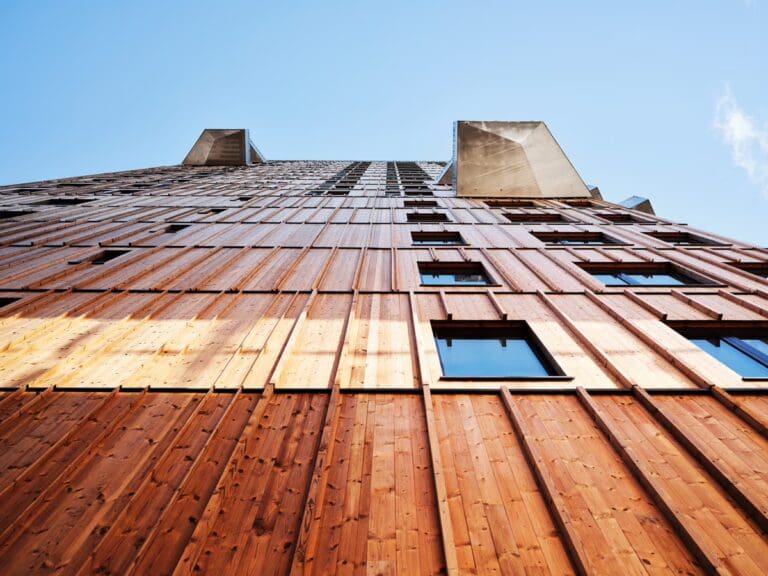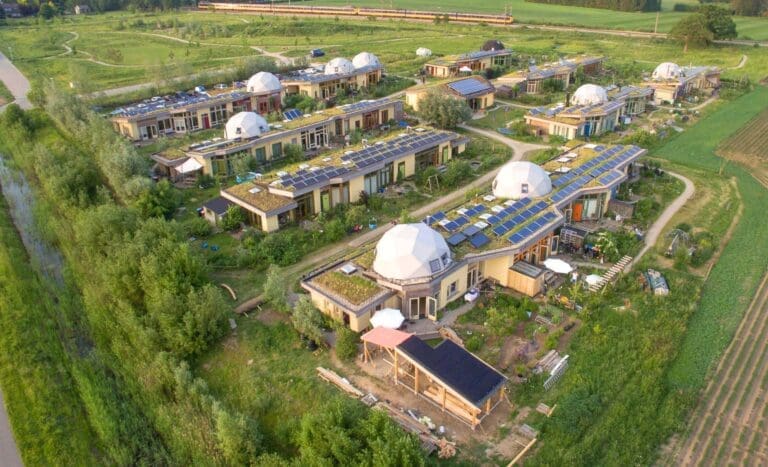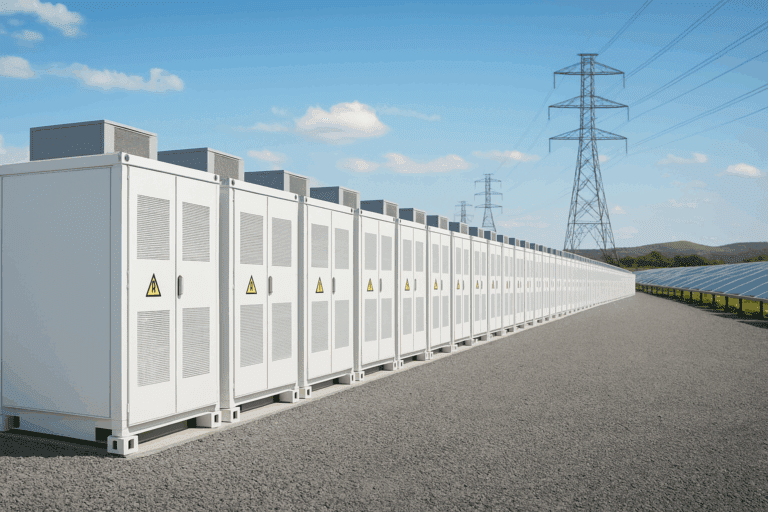Airborne Wind Systems: Solarpunk’s Sky Blossoms
Airborne Wind Energy (AWE) is an emerging field in renewable energy, characterized by the use of flying tethered wings or aircraft to harness wind energy at higher altitudes than traditional wind turbines. This innovative approach offers several advantages, such as accessing stronger and more consistent winds at those altitudes, and reducing the need for heavy infrastructure like towers and bases, which are typical, in conventional wind turbines.
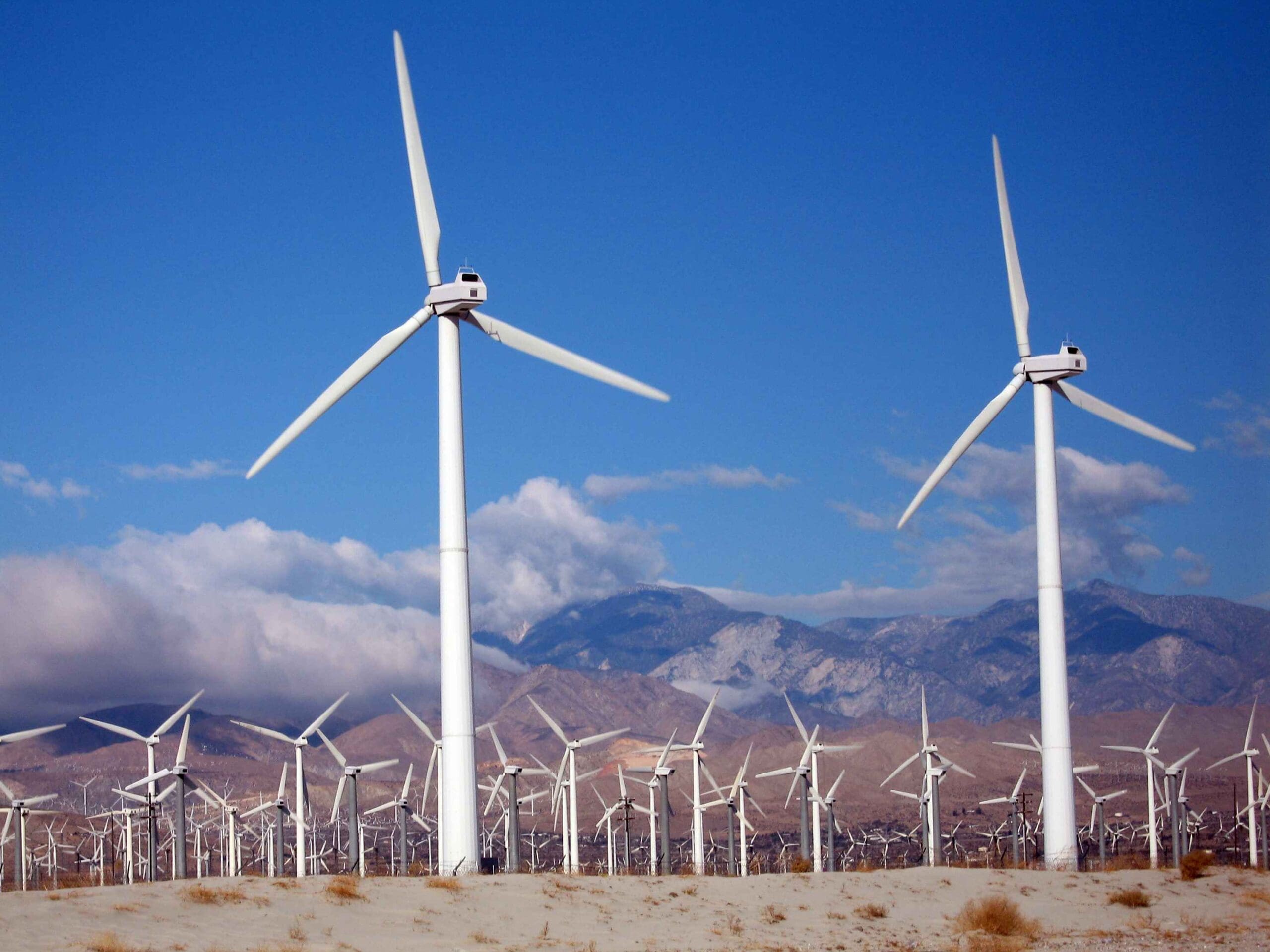
Understanding Airborne Wind Systems (AWEs)
AWE systems use kites, balloons, or drones to reach altitudes where winds are two to three times stronger and more consistent than those available to conventional wind turbines. By accessing these high-altitude winds in a range from 500 m (1600 ft) to 1500 m (5000 ft) [1] , AWE systems can potentially generate more power with a smaller ground footprint. Wind power is proportionate to cubed wind velocity, so doubled wind velocity yields 8 times the power, and tripled velocity 27 times the power![2]
Ground-Gen and Fly-Gen Mode
There are two primary modes of operation in AWE systems: Ground-Generating (Ground-Gen) and Fly-Generating (Fly-Gen). In Ground-Gen mode, a kite’s aerodynamic lift is utilized to pull a load on the ground, e.g. winding a tether around a drum to drive an electric generator. In Fly-Gen mode, turbines are attached to the kite, generating electricity onboard in flight mode and transmitting it to the ground via a conducting tether.[3] Companies like Kitepower, EnerKite, Kitemill, SkySails Power, and TwingTec operate primarily in Ground-Gen mode, while others like Makani and Windlift have explored Fly-Gen mode technologies.
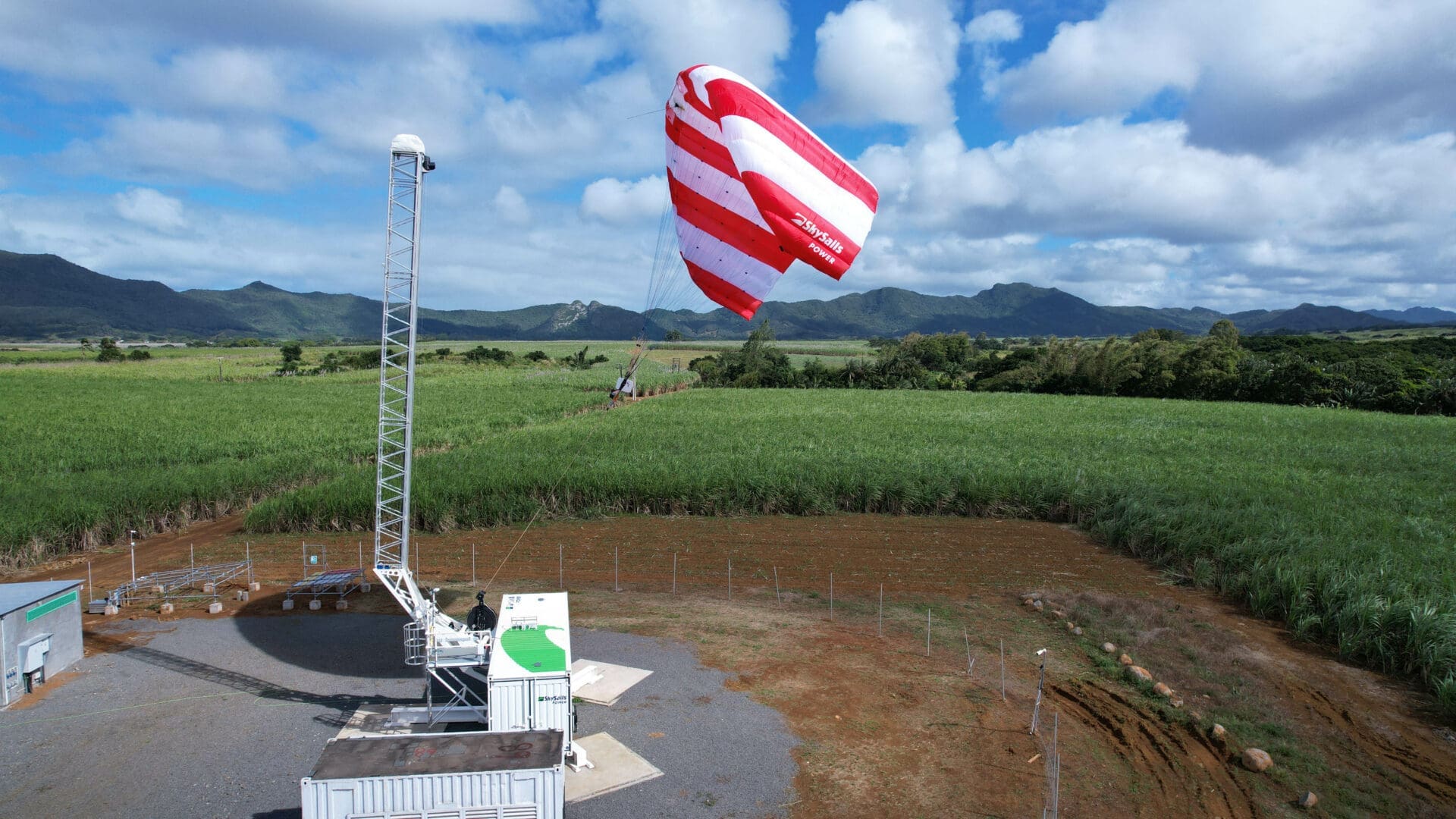
Examples of Airborne Wind Energy Systems
- Kite-Based Systems: These systems use large, controllable kites connected to a ground station. The kite’s movement drives a turbine to generate electricity. For instance, companies like Makani Power (acquired by Google X) developed a kite-based system with a 28 m wingspan and 600 kW electrical power[4]
- Balloon-Based Systems: These involve tethered balloons or aerostats equipped with turbines. The aerostats capture high-altitude winds, transmitting power through the tether.
- Drone-Based Systems: Some AWE systems use autonomous drones or unmanned aerial vehicles (UAVs) equipped with turbines. These drones can adjust their altitude to optimize wind energy capture.
The potential of AWE is substantial. Conventional wind turbines, typically with a capacity of 1.5 MW and standing 100 m (330 ft) tall, have a net capacity factor of less than 50% due to wind intermittency. In contrast, AWE systems with kites can operate at altitudes up to 500 m (1600 ft), encountering more consistent wind flows. Their capacity factor is 1.5 times better than in conventional wind turbine systems. Furthermore, with 90% less material needed for constructing AWE systems, they come along with an extremely low carbon footprint compared to the standard wind turbine systems. Therefore, AWE systems are very sustainable and could potentially reduce costs, thus making wind energy more economically viable.[5]
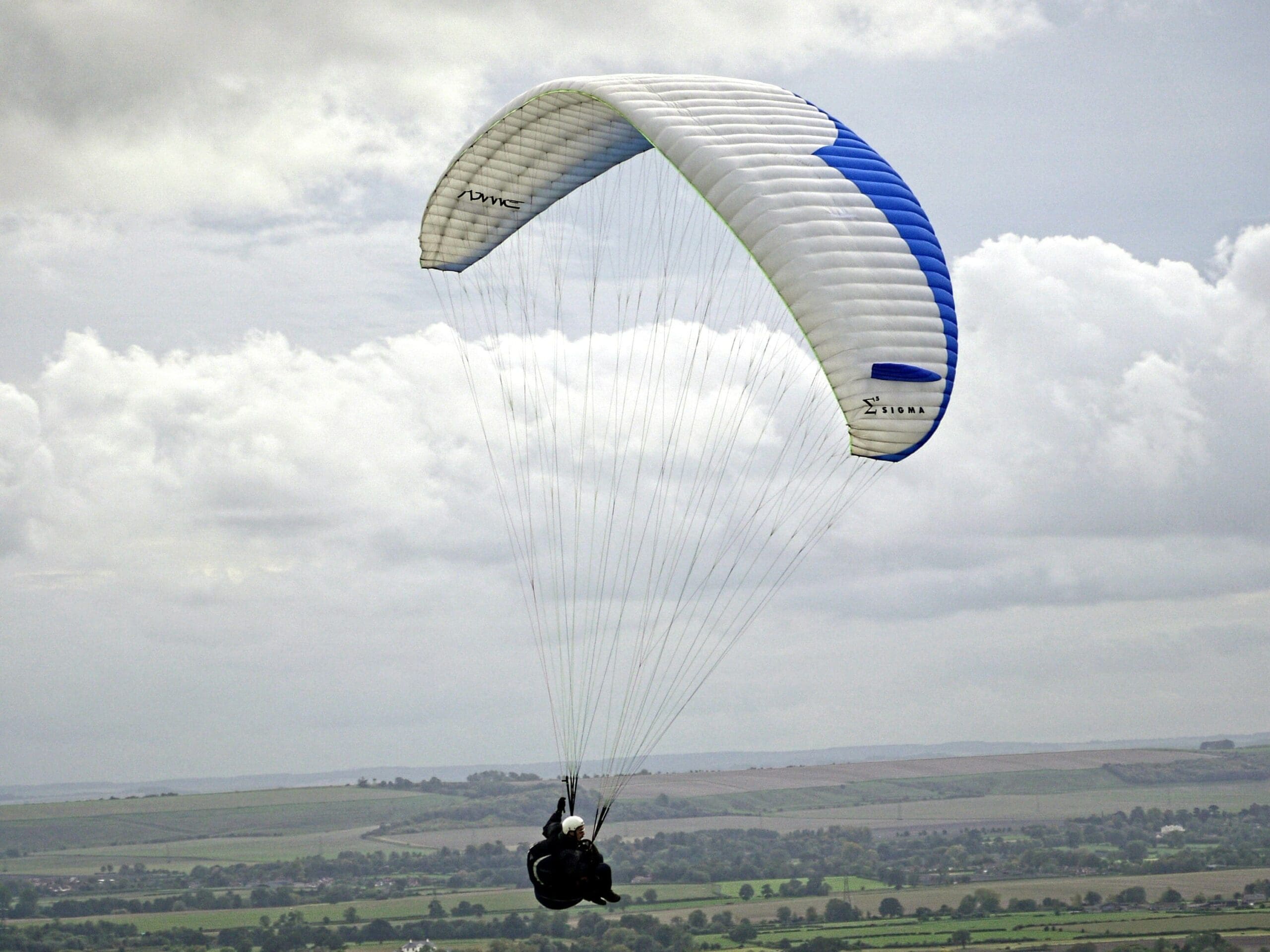
Challenges Deploying AWE Systems
The complexity of AWE technology arises from the need for specialized materials and components to withstand dynamic airborne operations, including high forces, harsh environmental conditions and the intrinsic instability of these systems. Managing those parameters, not to mention the tether dynamics, poses significant challenges, requiring sophisticated control systems and algorithms. Additionally, regulatory and safety considerations add complexity, as AWE systems must comply with aviation regulations and integrate into existing airspace management frameworks. Addressing these challenges is crucial for realizing the potential of AWE technology as a viable renewable energy solution.
The nascent nature of the technology leads to apprehensions among investors, impacting funding and development opportunities. Sadly, aforementioned Makani Company was closed down, as commercialization was deemed to be longer and riskier than expected.[4]
First Ready-to-Order Solutions
However, companies like SkySails Powers have ready-to-order Ground-Gen solutions available that offer applications in remote areas, act as an independent energy source for industry, agriculture, telecommunications and tourism, or complement already existing energy projects.[6]
Conclusion
While AWE presents a promising and innovative approach to harnessing wind energy, technological and economic challenges remain to be addressed before it can be widely implemented. The advancements in this field, however, hold great promise for the future of renewable energy, and first systems are readily available.
Sources:
[1] Airborne Wind Energy Captures High Altitude Wind Power – Global Opportunity Explorer (goexplorer.org)
[2] https://en.wikipedia.org/wiki/Airborne_wind_energy
[3] https://energypedia.info/wiki/Introduction_to_Airborne_Wind_Energy
[4] https://en.wikipedia.org/wiki/Makani_(company)
[5] https://climate.ec.europa.eu/system/files/2022-07/if_pf_2021_nawep_en.pdf
[6] https://skysails-power.com/onshore-unit-pn-14/

